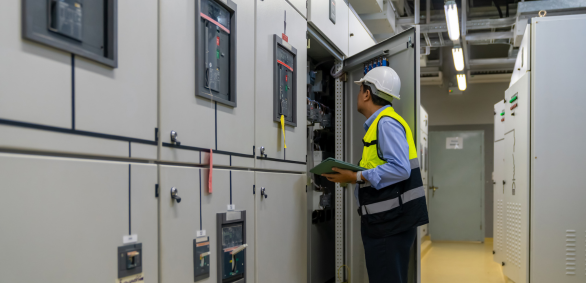What to Look for in Carbon Accounting Software: A Buyer’s Guide for 2025

Discover what to look for in carbon accounting software in 2025. Learn key features, questions to ask vendors, and how the right platform can simplify compliance, ensure accuracy, and accelerate your path to net zero.
What to Look for in Space Management Software: A Buyer’s Guide for 2025

Looking for the right space management software in 2025? Discover key features, evaluation criteria, and expert tips to help you choose the best solution for your workplace needs.
How Tango Maintenance Simplifies Working with External Vendors

Tango Maintenance lets you select external vendors, send them work orders, and process invoices from the same system you use for internal projects.
Report: Most Firms Have Major Gaps in Occupancy Data

Our survey data indicates that most enterprises don’t have full occupancy tracking coverage. Here’s what that tells us.
How Leading Firms Track Occupancy in the Workplace

Learn how major enterprises track workplace occupancy, close visibility gaps, and turn real-time data into smarter space decisions.
What Is Desk Booking Software and Why Your Workplace Needs It Now

Discover what desk booking software is, how it works, and why it’s essential for hybrid workplaces. Learn how it boosts flexibility, space optimization, and employee satisfaction.
How AI Is Changing Lease Management

Specialized AI is empowering lease departments to automate complex tasks like lease abstraction and document intake.
Scheduled Maintenance: How Tango Streamlines Upcoming Service

Meta Description Scheduled maintenance reduces the likelihood of breakdowns and helps maximize the value of your assets. Here’s how it works in Tango.